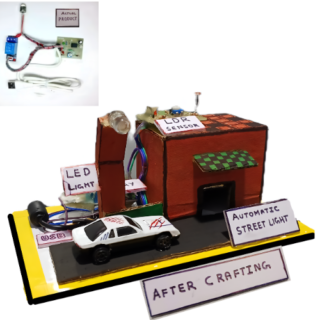SMPS High-Power Component Selection Guide India


Reverse Current Protection for Audio Circuits India

Reverse Current Protection for Audio Circuits IndiaRead More
MOSFET Thermal Shutdown Tips – SmartXProKits India

Low Voltage Smart Kettle Power Guide – SmartXProKits

Low Voltage Smart Kettle Power Guide – SmartXProKitsRead More
SMPS Low-Power Efficiency Tips – Made in India Ideas

SMPS Low-Power Efficiency Tips – Made in India IdeasRead More
Reverse Protection for 12V Systems – Made in India Fix


Reverse Protection for 12V Systems – Made in India FixRead More
MOSFET Switching Transient Reduction Tips – Made in India


MOSFET Switching Transient Reduction Tips – Made in IndiaRead More
Low Voltage Power Supply for Smart Glasses (Made in India)

Low Voltage Power Supply for Smart Glasses (Made in India)Read More
SMPS Voltage Feedback Design Tips for Stable Power


Reverse Polarity Protection in Robotics Made Simple


Reverse Polarity Protection in Robotics Made SimpleRead More



